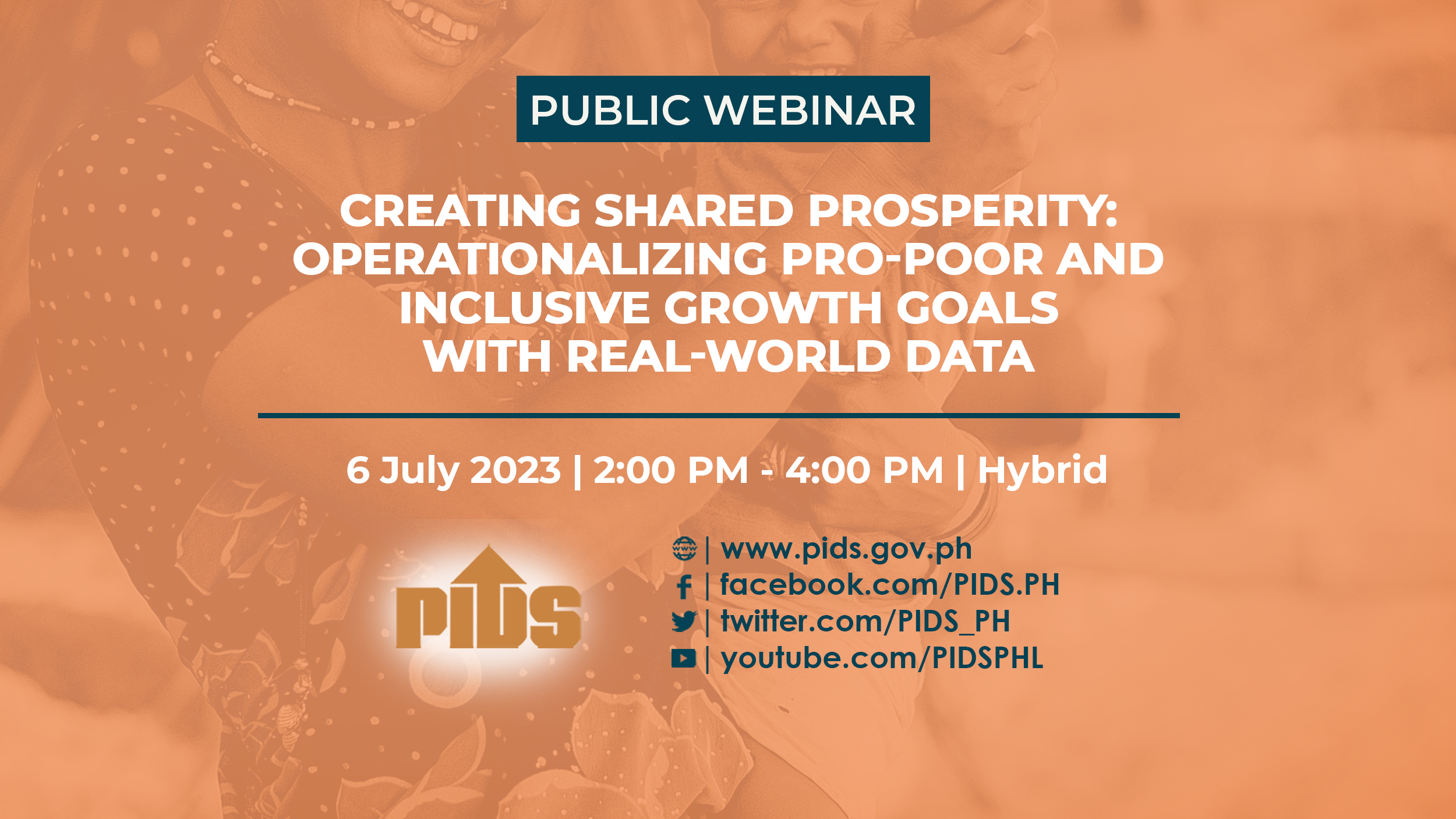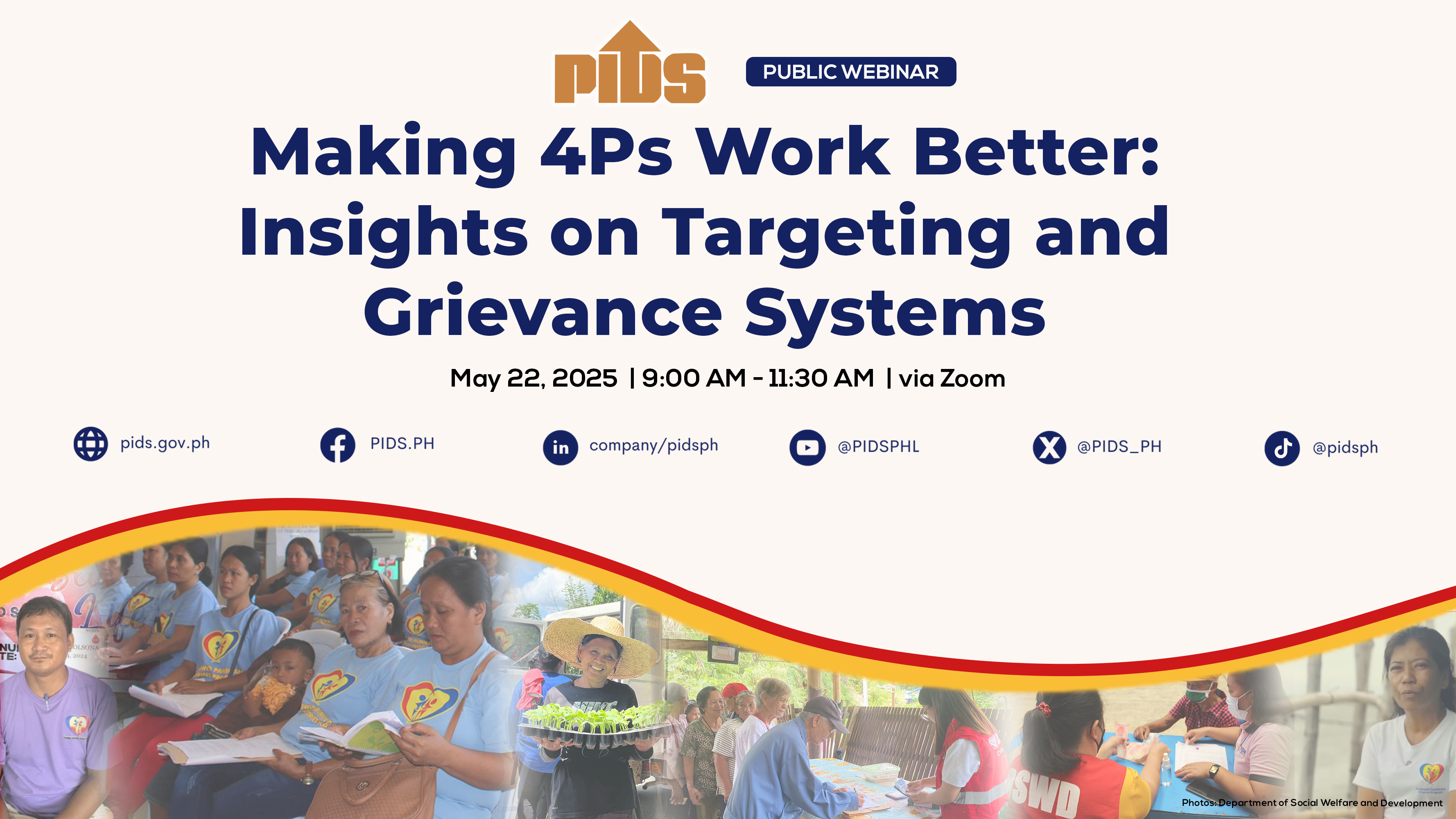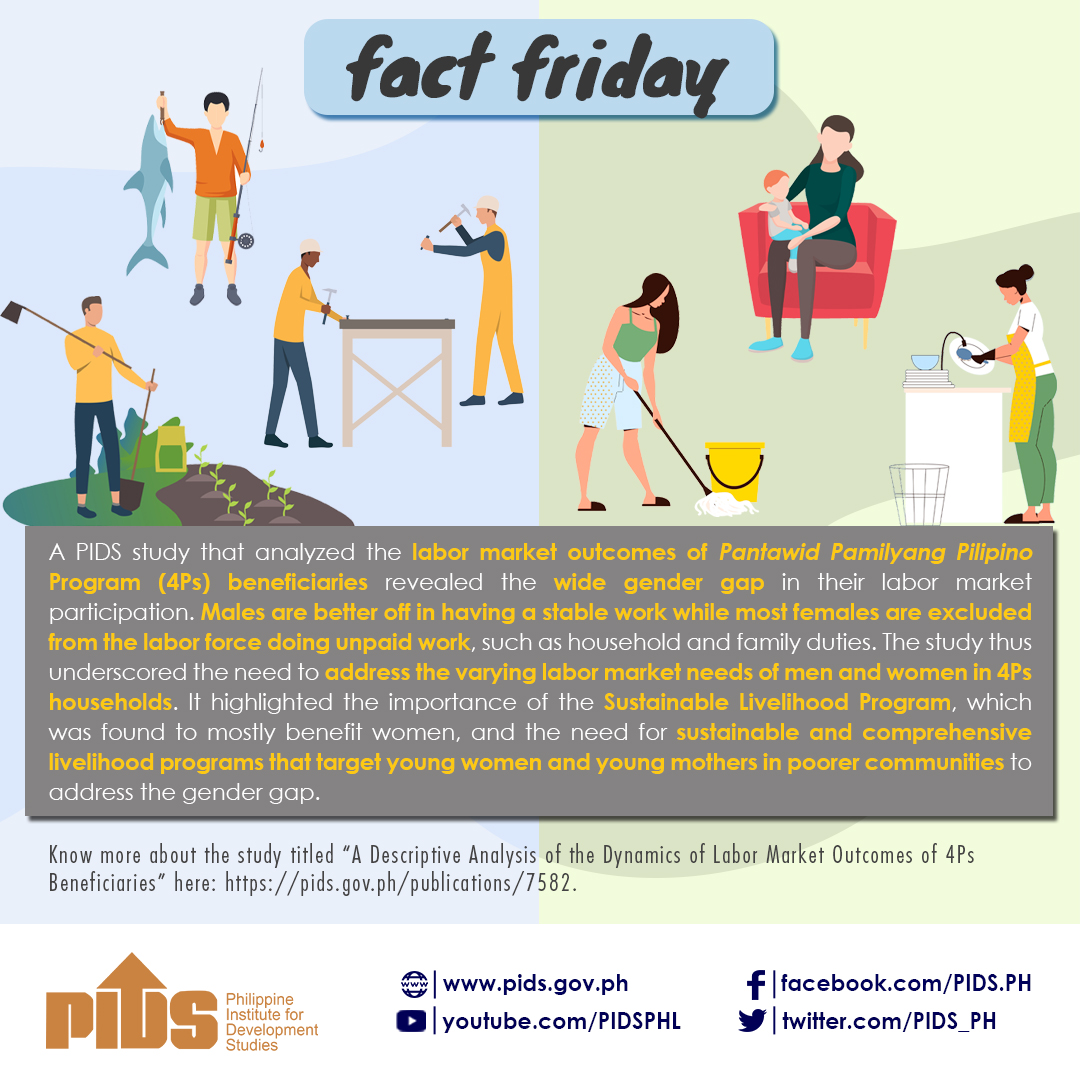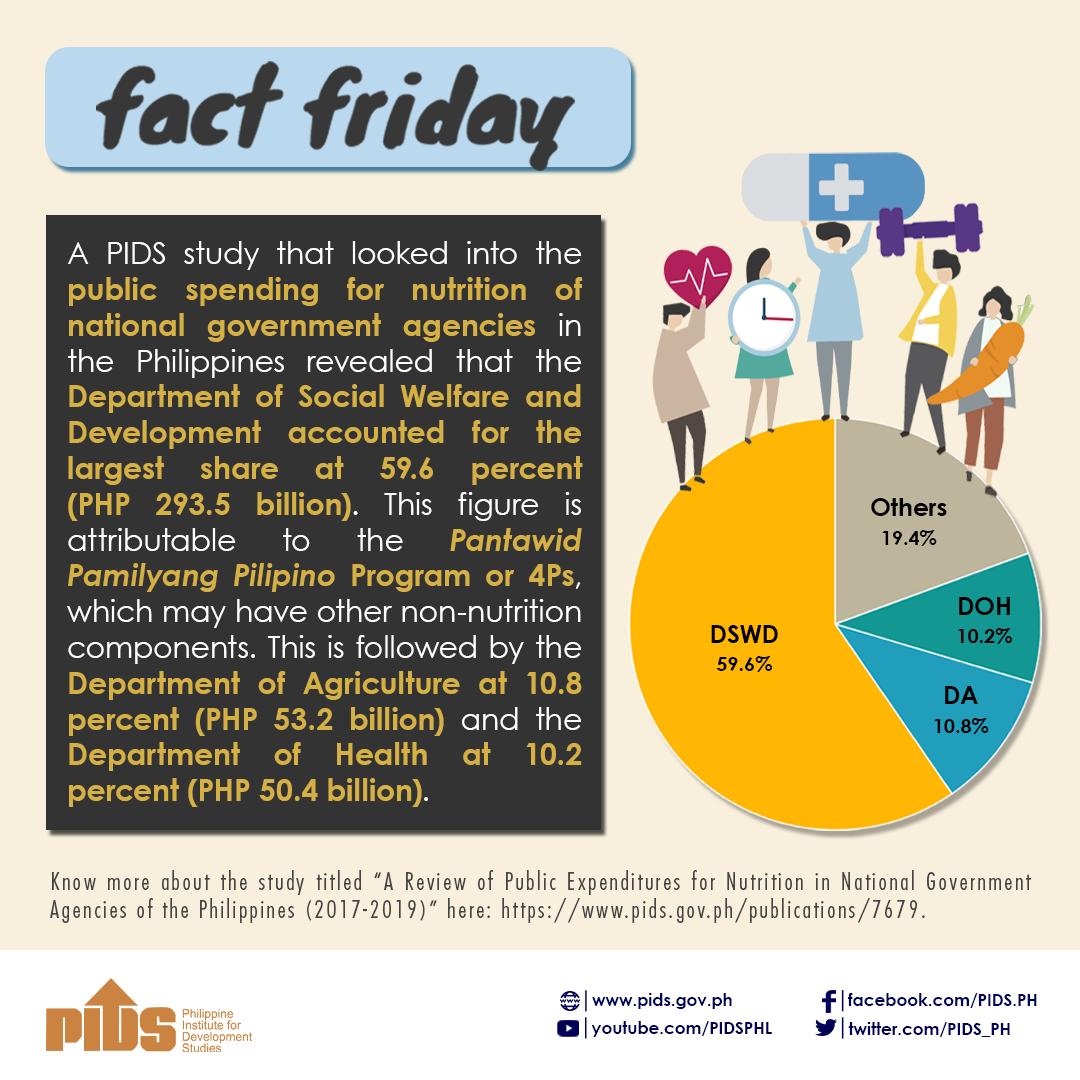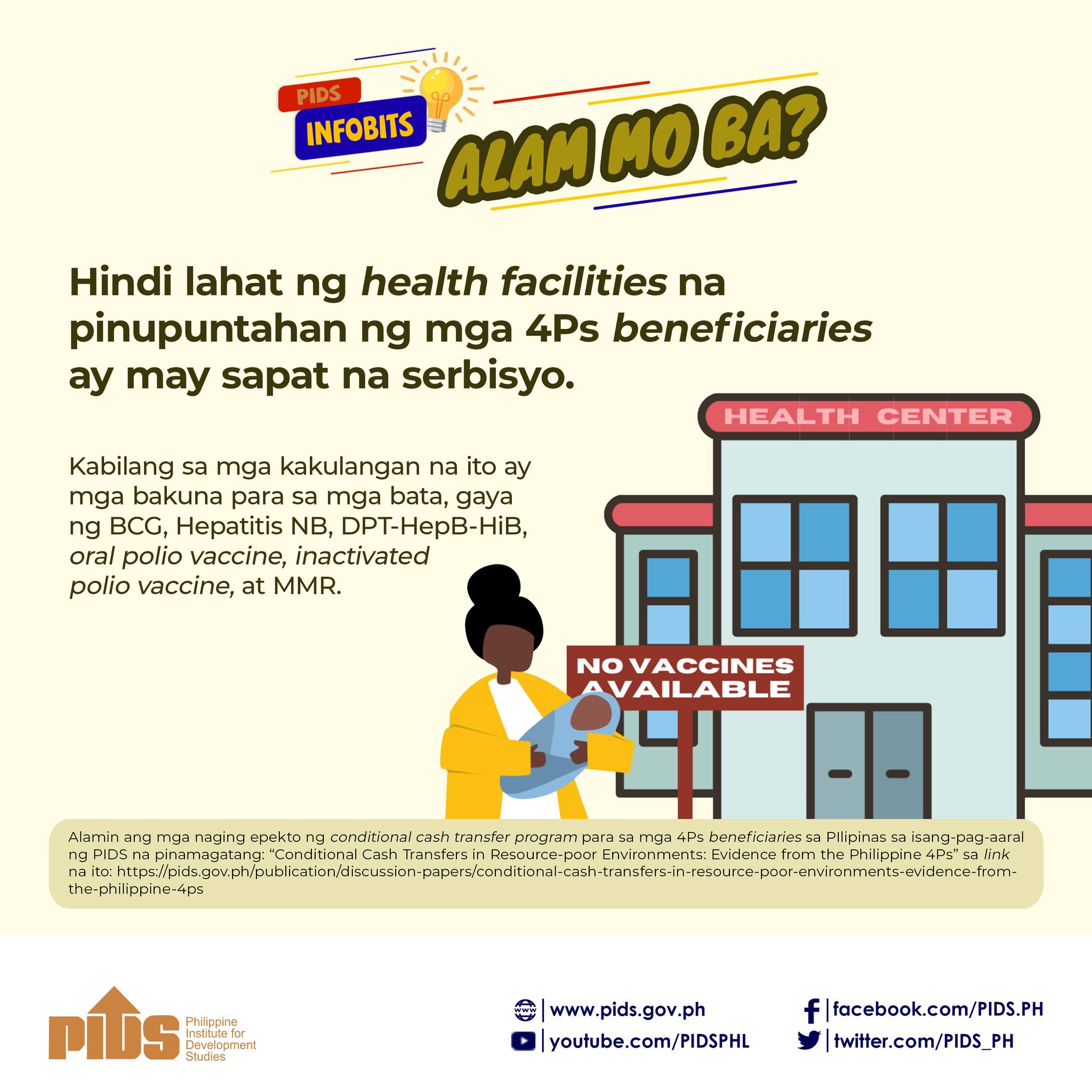AFTER 13 years of receiving cash grants, about 90 percent of the active beneficiaries of the government’s Pantawid Pamilyang Pilipino Program (4Ps) are still below the poverty threshold and most of them may be delisted from the program if necessary steps are not taken immediately, according to a report by the Commission on Audit (COA).
In a 62-page performance audit report on 4Ps posted on the COA website on Oct. 4, the commission said the government’s antipoverty program received a total of P780.71 billion in funding between 2008 and 2021.
It noted that there are a total of 4.2 million active 4Ps beneficiaries who have been on the program for seven to 13 years. But 90 percent of them, or a total of 3,820,012 households, are still below the poverty threshold.
According to the COA, the breakdown of the 4.2 million active beneficiaries is as follows: 223,764 4Ps households have remained active recipients since 2008; 333,959 since 2009; 235,048 since 2010; 1,041,575 since 2011; 1,350,853 since 2012; 153,136 since 2013; 481,677 since 2014; 58,850 since 2015; 34,741 since 2016; 20,309 since 2017; 4,217 since 2018; 132,046 since 2019; 93,102 since 2020; and 99,162 since 2021.
Former Social Welfare Secretary Judy Taguiwalo, however, said the 4Ps itself should not be considered a ‘’stand-alone’’ program that can provide an immediate solution to poverty.
“What the government should do is invest in clear economic programs that would create jobs and more programs that could help our fellow Filipinos, especially those who are below the poverty line,” said Taguiwalo, who served as DSWD chief in the early part of the Duterte administration.
The current leadership of the DSWD, the program’s chief implementor, agreed with Taguiwalo but said it would act immediately on COA’s recommendations
“We respect the COA performance audit report,” DSWD spokesperson Romel Lopez told the Inquirer in a phone interview. “(But) from our point of view and not to put blame on anyone or any circumstances, let us remember that the one huge factor here is the pandemic.”
About P537.39 billion worth of cash grants have been given to the beneficiaries as of June 30, 2021.
“This means that 90 percent of the active household-beneficiaries remained below the poverty threshold even after being in the program for a long period of time,” the COA stated in the report, which was described as a “follow-up” to the audit done on 4Ps in 2017.
Intergenerational
Only 32,331, or less than 1 percent of the active households, have moved up the poverty line as of the fourth quarter of 2021, it added.
“This shows that achieving breakage of intergenerational poverty is still minimal even when in the past years, there was no term limit for being a 4Ps beneficiary,” COA said.
In the 2017 performance audit, the agency then asked the DSWD to conduct an evaluation focusing on the program’s impacts on poverty alleviation.
In compliance, the DSWD tapped the Philippine Institute for Development Studies (PIDS) for assistance. The results of the evaluation indicated the 4Ps “shows desirable impacts on most of the target education and health outcomes of children and pregnant women.”
But COA said the study failed to note the “direct correlation” of the 4Ps with poverty decline, as it noted the huge budget received by DSWD to fund 4Ps since 2008.
This led COA to look for “relevant data” concerning the number of beneficiaries who remained poor.
The commission underscored these findings as it noted that under Republic Act No. 11310, or the 4Ps Act signed by then President Rodrigo Duterte, the program should retain beneficiaries for only up to seven years.
Under the law, the DSWD will have to delist a beneficiary from the program at the end of the seventh year of coverage, whether or not the household had risen above the poverty line.
But as COA noted, being strict with the seven-year rule may affect the chances of certain housholds, particularly those with children who wish to complete their high school education.
“We are concern[ed] that the seven-year limit in the 4Ps Act will significantly affect the attainment of the major goals of the program,” the COA stated.
Data as of March 2020 revealed that 2.6 million or 33 percent of the student-beneficiaries are still below Grade 6 level, it noted. “Applying this limit [as set by the 4Ps Act], essentially about 2.6 million students will no longer receive financial support from the program by CY (Circular Year) 2026.”
Recommendations
To comply with the law, the COA said, almost all active beneficiaries may have to be delisted by 2026.
It asked the DSWD to update the list of 4Ps beneficiaries and delist the so-called “non-poor” households; eliminate duplicates and outliers in the database; and continue coordinating with the budget department for staffing needs.
It also suggested that the department, now headed by Secretary Erwin Tulfo, report the status of 4Ps at least once every three years “in order to ensure the attainment of (its) goals.”
The progress report, it said, should show how the program helped break intergenerational poverty through investment in human capital and improved delivery of basic services to the poor, particularly on education, health, nutrition and early childhood care and development.
It must also include how the program helped promote gender equality, women empowerment, children’s rights and universal primary education; reduce of child mortality and malnutrition; and improve maternal health, among others.
Delisting
In July, Tulfo said 1.3 million of the current 4Ps beneficiaries were to be delisted since they had already “graduated” from poor to non-poor.
As of this month, however, Lopez said a “revalidation” conducted by the DSWD had resulted in the delisting of only around 500,000 beneficiaries — or 40 percent of the number earlier announced by Tulfo.
“We are making sure that all (COA) recommendations will be complied with,” Lopez said. “Even if a beneficiary graduates from the program, we always make sure that there’s a reintegration that could further help them such as our sustainable livelihood program.”







